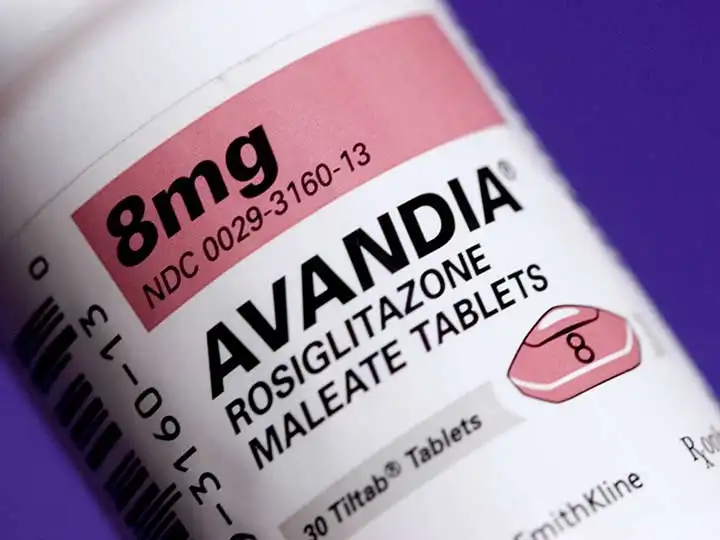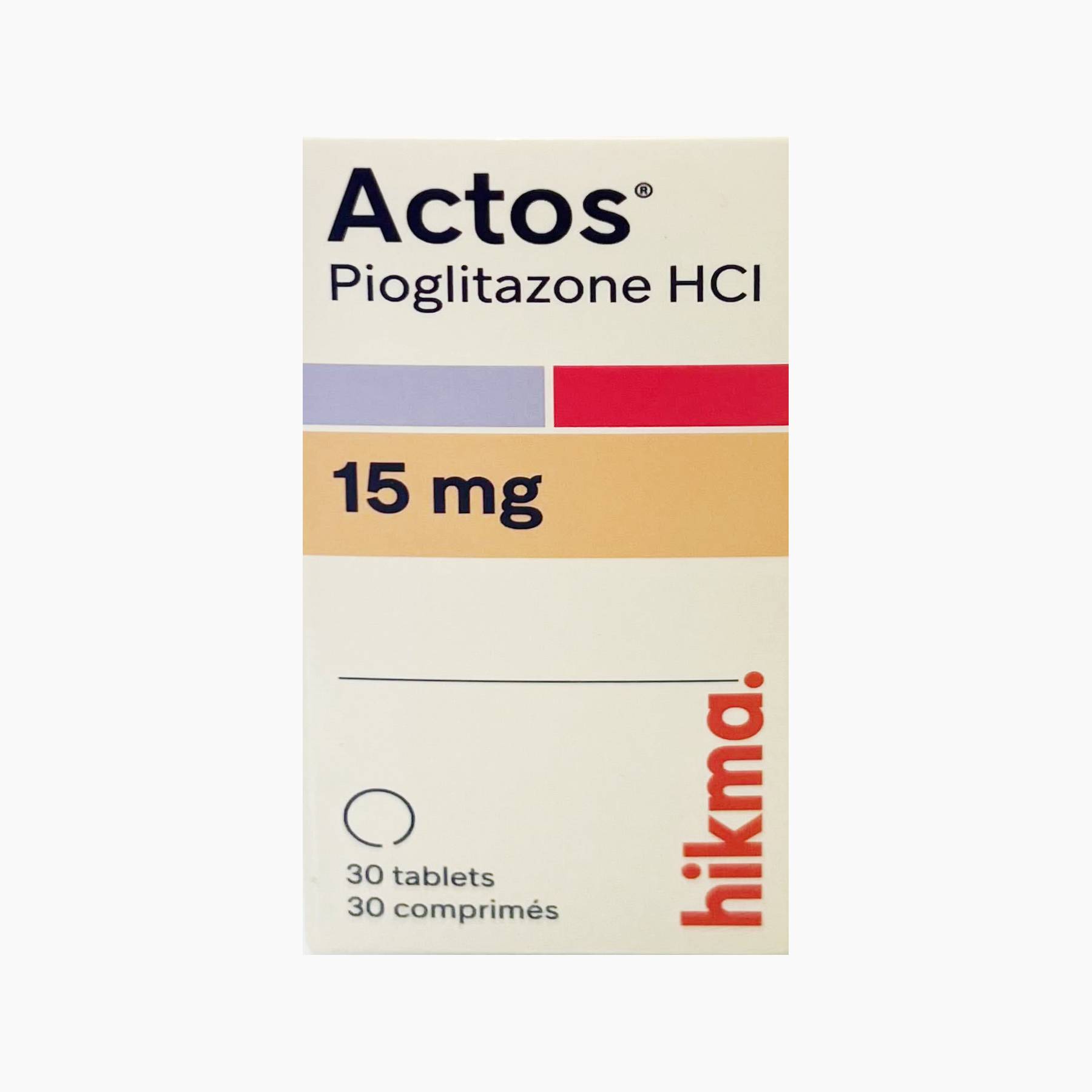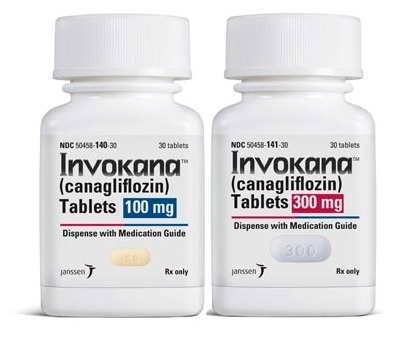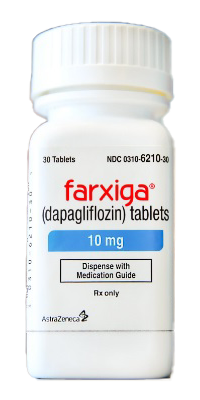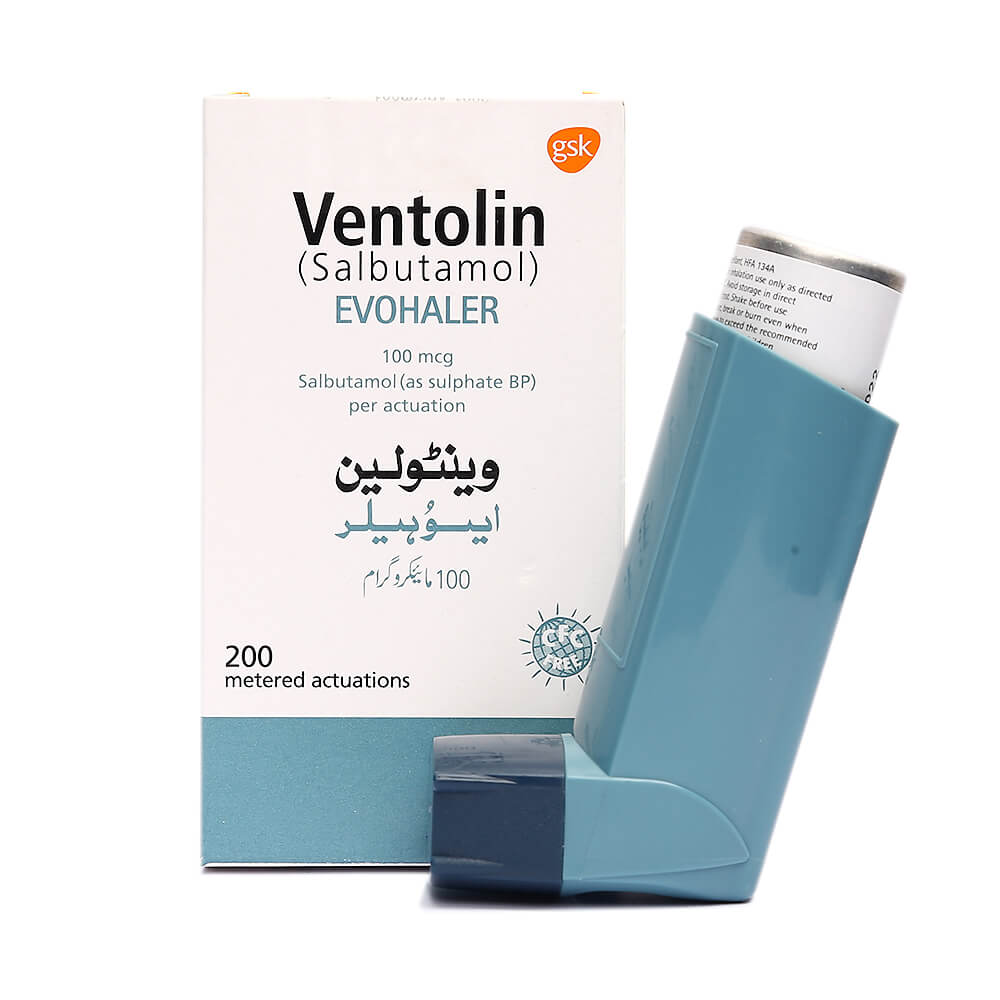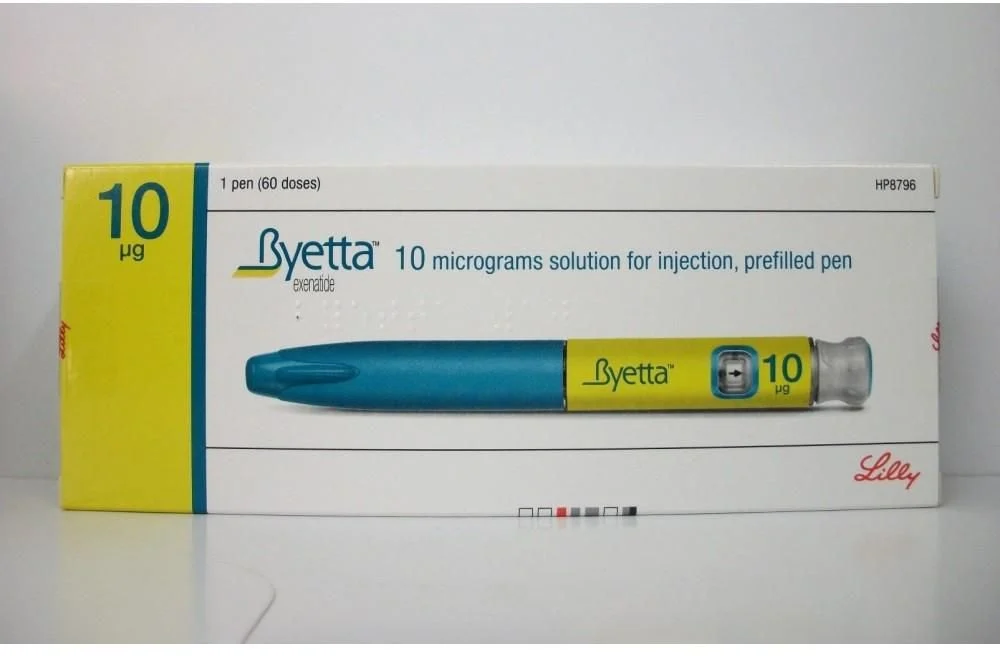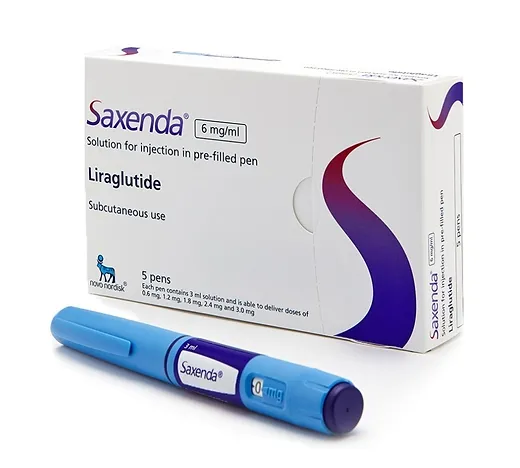Rosiglitazone is a pharmaceutical agent utilized for managing diabetes, falling within the thiazolidinediones (TZDs) classification. These drugs are commonly used in the treatment of Type 2 diabetes to improve blood sugar control. Chemical Structure Rosiglitazone is a synthetic, non-sulfonylurea drug that is structurally related to other thiazolidinediones. Its chemical formula is C18H19N3O3S, and it contains…
Month: December 2024
Pioglitazone is a medication in the thiazolidinedione class, used primarily to manage type 2 diabetes. It works by improving insulin sensitivity, helping to control blood glucose levels. This article explores the mechanism of action, chemical structure, pharmacokinetics, pharmacodynamics, indications, side effects, interactions, contraindications, and lists commonly prescribed brand names. Mechanism of Action of Pioglitazone It…
Canagliflozin, a medication in the SGLT2 inhibitor class, is commonly prescribed to treat type 2 diabetes mellitus and prevent cardiovascular events in high-risk patients. It functions by inhibiting glucose reabsorption in the kidneys, helping lower blood sugar levels. This article provides a detailed overview of Canagliflozin, its uses, mechanism of action, dosage forms, and safety…
Dapagliflozin is a pharmaceutical agent indicated for the management of type 2 diabetes, heart failure, and chronic kidney disease (CKD). It belongs to the class of sodium-glucose cotransporter-2 (SGLT-2) inhibitors, which have proven effective in lowering blood glucose levels and offering additional cardiovascular and renal benefits. Mechanism of Action of Dapagliflozin Dapagliflozin works by inhibiting…
What is Empagliflozin? Empagliflozin is an antidiabetic medication classified as a Na-glucose co-transporter 2 (SGLT-2) inhibitor. It is primarily used for managing type 2 diabetes and offers additional benefits for heart failure and chronic kidney disease. Mechanism of Action Empagliflozin perform its work by inhibiting the SGLT-2 protein in the kidneys. SGLT-2 is responsible for…
Ventolin is a widely prescribed medication used for treating asthma and other respiratory conditions. It helps alleviate bronchoconstriction and improve airflow in the lungs. This article covers Ventolin’s drug class, chemical structure, uses, side effects, mechanism of action, contraindications, and drug-drug interactions. What is Ventolin? Ventolin refers to salbutamol, which is called albuterol in the…
Bronchodilators are medications that relax the muscles surrounding the airways, helping to widen the bronchi and improve airflow to the lungs. They are primarily used in the treatment of respiratory diseases such as asthma and chronic obstructive pulmonary disease (COPD). These drugs are essential in relieving symptoms like wheezing, coughing, and shortness of breath, especially…
Exenatide is primarily prescribed to help control type 2 diabetes.. It belongs to the class of GLP-1 receptor agonists, which play an important role in maintaining the blood glucose levels. Below is an overview of Exenatide, its working mechanism, uses, structure, and related information. How Exenatide Works Exenatide replicates the effects of glucagon-like peptide-1 (GLP-1),…
Liraglutide is a medication used primarily for managing type 2 diabetes and obesity. It belongs to a class of drugs known as GLP-1 (glucagon-like peptide-1) receptor agonists, which play a crucial role in regulating blood glucose levels and promoting weight loss. Mechanism of Action Liraglutide mimics the activity of the natural hormone GLP-1, which is…
Aspirin is one of the most widely used medications in the world, known for its pain-relieving, anti-inflammatory, as well as blood-thinning properties. It is a member of the nonsteroidal anti-inflammatory drugs (NSAIDs) family and plays a significant role in both over the counter and prescription treatments. Structure of Aspirin Aspirin, chemically known as acetylsalicylic acid,…
